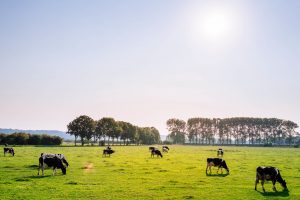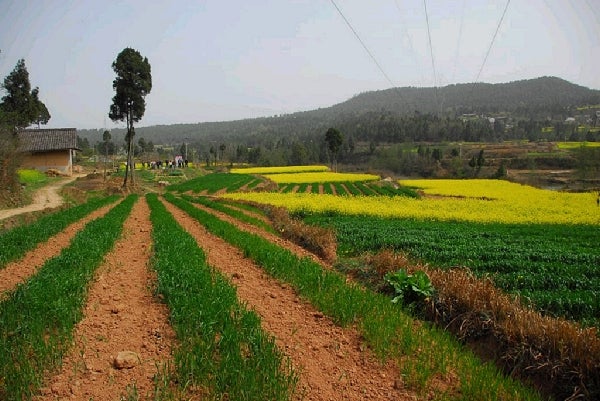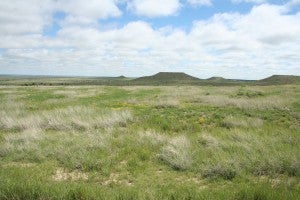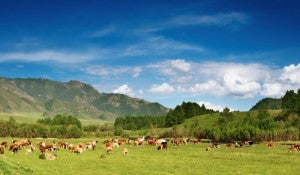 The White House Council on Environmental Quality (CEQ) recently released an intriguing report on how the United States can transition to a low-carbon economy by 2050 while continuing economic growth. The report gives a starring role in this job to agricultural lands.
The White House Council on Environmental Quality (CEQ) recently released an intriguing report on how the United States can transition to a low-carbon economy by 2050 while continuing economic growth. The report gives a starring role in this job to agricultural lands.
“Mid-Century Strategy for Deep Decarbonization” outlines a 3-pronged strategy for reducing greenhouse gas emissions by 80 percent while accelerating job-creating innovation. Calling each strategy “critical,” CEQ first lists the familiar call to transition to renewable and low carbon forms of energy.
The second key strategy, however, is less often discussed: the potential of cropland and grassland soils, as well as forests, to store and sequester hundreds of millions of tons of CO2 annually. The report – informed by decades of scientific research – describes the opportunities to explore in this area. Read More












